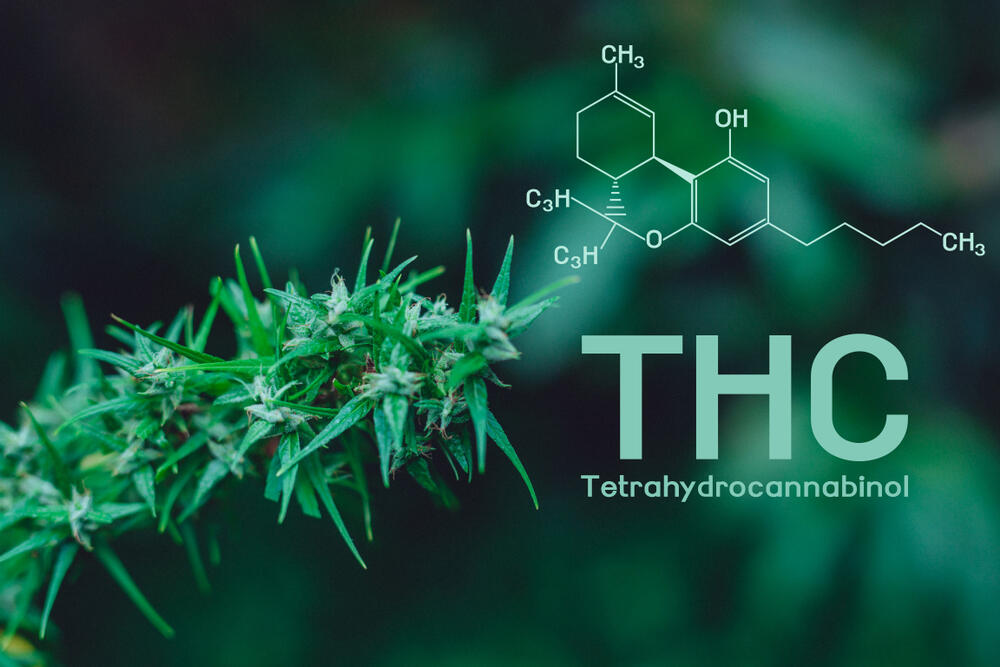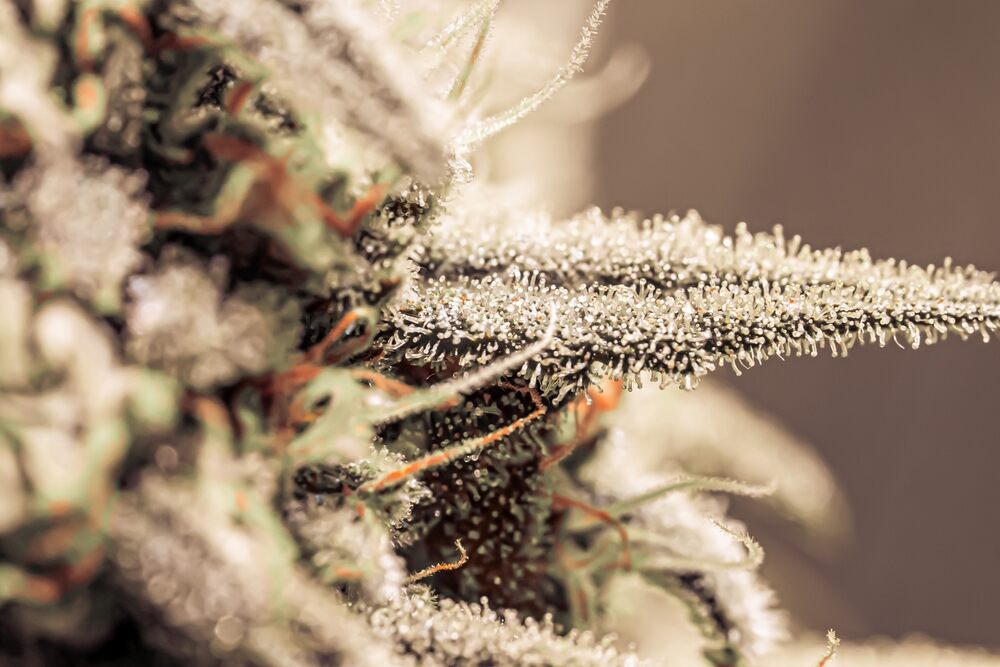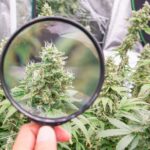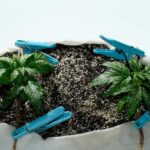The Best Fluffy Pancakes recipe you will fall in love with. Full of tips and tricks to help you make the best pancakes.

Are Autoflowers Less Potent?
The Origin of the Potency Myth in Autoflower Cannabis
Autoflowers have come a long way since they first emerged in the cannabis community. Yet, there’s still a common myth floating around: that autoflowering cannabis strains are always less potent than their photoperiod cousins. I get it—this belief has been around for years, and like a stubborn weed in a neglected grow room, it keeps coming back. But let’s be real—this idea is rooted in history, not in today’s breeding reality.
How early ruderalis genetics led to low‑THC autos
The autoflower revolution started with ruderalis, a wild variety of cannabis found in Russia and other parts of Central Asia. Ruderalis evolved to survive in harsh climates with short growing seasons. It has a built-in timer for flowering, which is awesome for speed but not so great for potency—at least at first.
When breeders first crossed ruderalis with photoperiod strains, the goal was to make fast, day-neutral plants. The result? Early autos that flowered without needing a light cycle change but lacked in THC production. These early autos were often wispy, low-yielding, and sat around the 8–12% THC range. Not exactly what you’d brag about in a grow journal.
The evolution of autoflower breeding and potency improvements
Things started changing fast once breeders got serious about improving autos. By selectively crossing high-THC photoperiod strains with ruderalis over multiple generations, we ended up with autos that were not only stronger but also tastier and more productive.
Now we’ve got autoflowers with:
- THC levels reaching 25–28%
- Dense nug structure
- High terpene profiles
- Photoperiod-style bag appeal
As a breeder myself, I’ve worked with lines that produce trichome coverage so thick it looks like they were dipped in sugar. The myth that autoflowers are inherently weak is about 15 years out of date.
Comparing THC Levels: Autoflower vs. Photoperiod Strains
You want to know if today’s autoflowers are truly weaker than photoperiods. Fair question. Potency is about more than just numbers—it’s about how those cannabinoids hit, how the terpenes interact, and how the plant was grown. But let’s start with hard data.
What current lab tests reveal about modern auto THC content
Modern autoflower strains from reputable breeders often hit 20%+ THC. In my own grows, I’ve had autos like Auto Skywalker Haze and Gorilla Cookies Auto testing at 26% in controlled setups.
Third-party labs have verified strains such as:
- Auto Amnesia Zkittlez – up to 28% THC
- Purple Punch Auto – averaging 22–24%
- Bruce Banner Auto – ranging from 25–27%
These numbers rival or exceed many photoperiod strains you’ll find in dispensaries. And we’re not just talking about one-off results—these are consistent across phenotypes in stabilized F4 or F5 lines.
How potency still varies by genetics, not flower type
Whether you grow autos or photos, potency is primarily determined by genetics. If a strain has high THC potential, it can be expressed in either format with proper care.
Here’s the truth: a top-tier auto will outperform a mid-tier photoperiod every time. The opposite is also true. So if you pick trash genetics—regardless of type—you’ll get trash results.
Terpene profiles and effect beyond THC levels
Don’t forget that THC is only one piece of the puzzle. Terpenes and minor cannabinoids like CBG, CBC, and THCV all play into the final effect. That’s what gives a strain its personality. Some of the punchiest autos I’ve grown weren’t the highest in THC, but their terpene content gave them a flavor and effect that knocked my socks off.
Strains like Auto Tropicana Cookies and Gorilla Zkittlez Auto bring citrus-heavy limonene and relaxing myrcene to the party—making for a potent and unique experience even if the THC number isn’t top-shelf.

Growing Practices That Influence Autoflower Potency
You could have the best genetics in the world, but if your grow game is weak, your buds will be too. Autoflowers need tailored care to reach their full potential. That’s where your grower skills come in—and where autos sometimes get unfairly judged.
Light schedule, feeding, and CO₂: optimizing bud development
Lighting is the single biggest factor after genetics. Autos thrive under an 18/6 or even a 20/4 light cycle from seed to harvest. Forget the old 12/12 photoperiod mindset—more light equals more energy for bud development.
Add to that:
- A strong nutrient schedule that ramps up through flower
- High-quality bloom boosters rich in potassium and phosphorus
- Supplemental CO₂ in a sealed tent (if you’re advanced)
And now you’re talking real potency. I feed my autos with a slightly aggressive hand, especially once they hit week 3. They love light and they love food—just don’t overdo nitrogen during flowering.
Training limitations: LST, topping, and recovery windows
Unlike photos, autos have a fixed lifespan. You don’t have the luxury of an extended veg period. That means training has to be strategic and gentle.
I recommend:
- Low-Stress Training (LST) starting at week 2
- Leaf tucking to expose bud sites
- Light topping (only for experienced growers and only early)
High-stress methods like super cropping? Avoid those unless you want to stunt growth. You’ve got a small window to maximize structure before flowering kicks in, so every day counts.
Harvest timing and curing: maximizing cannabinoid conversion
Potency isn’t just grown—it’s also timed. Pull your autos too early, and THC hasn’t fully developed. Wait too long, and THC degrades into CBN, giving you more of a couchlock than a high.
Watch your trichomes:
- Clear = too early
- Cloudy = peak THC
- Amber = more sedative effect
After harvest, a slow cure of 2–4 weeks in 58–62% humidity will allow full cannabinoid and terpene development. I cure all my autos in jars with Boveda packs and daily burping for the first 10 days. Trust me, the difference in potency and smoothness is night and day.

Real‑World Examples: Auto Strains That Rival or Exceed Photoperiod
Some growers still act surprised when I say autos can smash it out of the park. But the proof is in the smoke—or the lab results, if you like numbers.
Auto strains with lab‑verified 20–28% THC milestones
Let’s talk big hitters:
- Gorilla Cookies Auto (FastBuds) – 27% THC
- Auto Skywalker Haze (Dutch Passion) – 26–28% THC
- Bruce Banner Auto (Original Sensible) – 25–27% THC
- Auto Purple Punch (Barney’s Farm) – 24% THC
These aren’t marketing gimmicks. These are strains I’ve personally grown and smoked, and they hit hard with well-rounded effects and thick, resin-drenched buds.
Case studies: Purple Punch Auto, Auto Skywalker Haze, GSC Auto
- Purple Punch Auto: This one’s fruity, frosty, and fast. THC regularly tests above 22%, and the couchlock is no joke. Perfect for nighttime use.
- Auto Skywalker Haze: Tall for an auto, with massive central colas and electric citrus aroma. Easily hits 26% if grown under LED with full nutrients.
- Girl Scout Cookies Auto: Balanced hybrid effect, often underestimated, but packs a punch. I’ve seen up to 24% THC in side-by-side trials.
Yield vs. potency trade‑offs in high‑THC autos
There’s always a bit of give and take. Sometimes high-THC autos produce slightly smaller yields than milder ones. But with modern breeding, you can now find strains that offer both.
Still, if you’re pushing potency, expect:
- Denser buds but maybe fewer per plant
- Longer flowering (up to 11 weeks total)
- Slightly more finicky feed requirements
That’s a trade-off I’ll gladly make for smoke that slaps.
When Autoflowers Might Still Fall Short in Potency
Alright, let’s be fair. Not all autos are created equal. Some are weak, and that usually comes down to two things: poor genetics or poor growing.
Constraints of short vegetative phase on bud maturity
Autoflowers don’t wait. Once that internal clock ticks, they flower—ready or not. That shorter veg time can limit root development, nutrient uptake, and eventual size.
This also means:
- Less recovery time from stress
- Fewer training opportunities
- Limited time to bulk up before flower
If you don’t give them the right environment from day one, you’re starting from behind.
Inferior genetics or poor growing technique pitfalls
Some seedbanks rush unstable autos to market. These may have:
- Low THC expression
- Hermaphrodite tendencies
- Weak structure or bad internode spacing
Pair that with growers who underwater, overfeed, or use weak lights, and yeah—your autos will come out looking like hemp. Stick with trusted breeders and dial in your environment.
Yield limitations vs. potency: balancing goals
You might have to decide: do you want max yield, or max potency? Autos can give you both, but it takes planning.
- Bigger pots = more root space = better buds
- Early LST = better light penetration
- Strong LED light = higher cannabinoid production
I always recommend 3–5 gallon pots, full-spectrum LEDs, and an 18/6 light schedule all the way.
Final Verdict: Are Autoflowers Less Potent?
Modern autos vs. photoperiod — potency is comparable in elite genetics
If you’re asking me now in 2025, my answer is clear: No, autoflowers are not inherently less potent than photoperiods. The best modern autos can match or beat photoperiod strains in potency, especially when you factor in lab testing, terpene content, and overall grow quality.
Grower objectives: speed and multiple harvests vs. raw potency
Autos give you:
- Faster harvests (as little as 9 weeks from seed)
- Stealthy, compact grows
- Up to 3 outdoor harvests per season
Photos give you:
- More control over training
- Bigger overall size and yield
- Ability to clone and re-veg
So it’s really about what you want from your grow.
FAQs: genetics, growing environment, lab data trust
- Can all autos be as strong as photos? No. You need elite genetics.
- Does the grower matter? Absolutely. Even killer genetics won’t thrive in a poor setup.
- Can I trust seedbank THC numbers? Sometimes. Look for strains with third-party lab tests and community grow reports.
Conclusion
If you’ve been sleeping on autos because of some outdated rumor that they’re weak—you’re missing out. Today’s autoflowers are fast, fierce, and fully capable of knocking you into the couch if that’s what you’re after. As a breeder, I grow autos when I want quality buds without the fuss. If you choose well and grow smart, autos will give you top-shelf potency with bottom-shelf effort.




